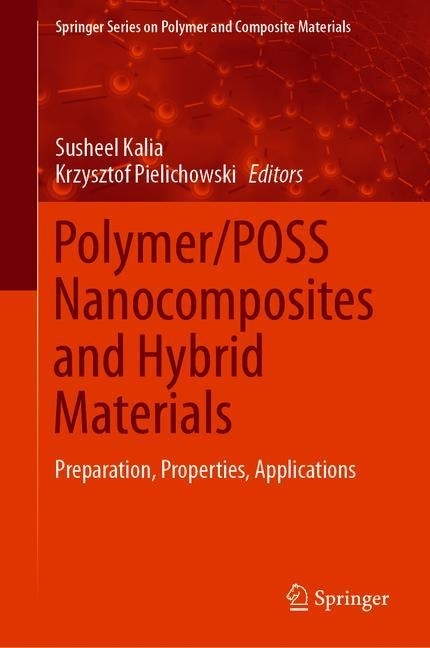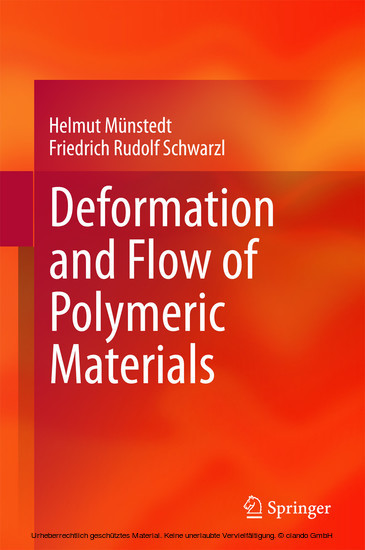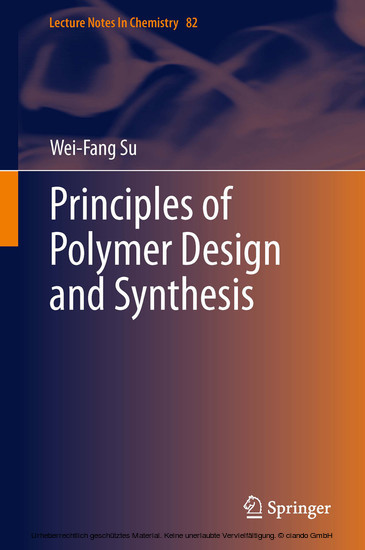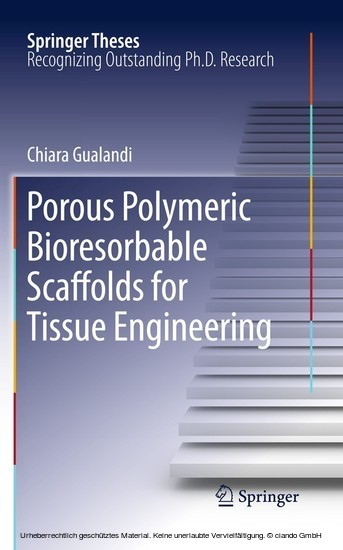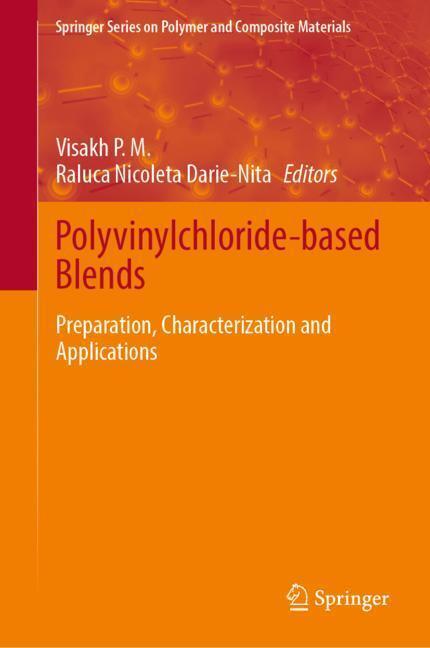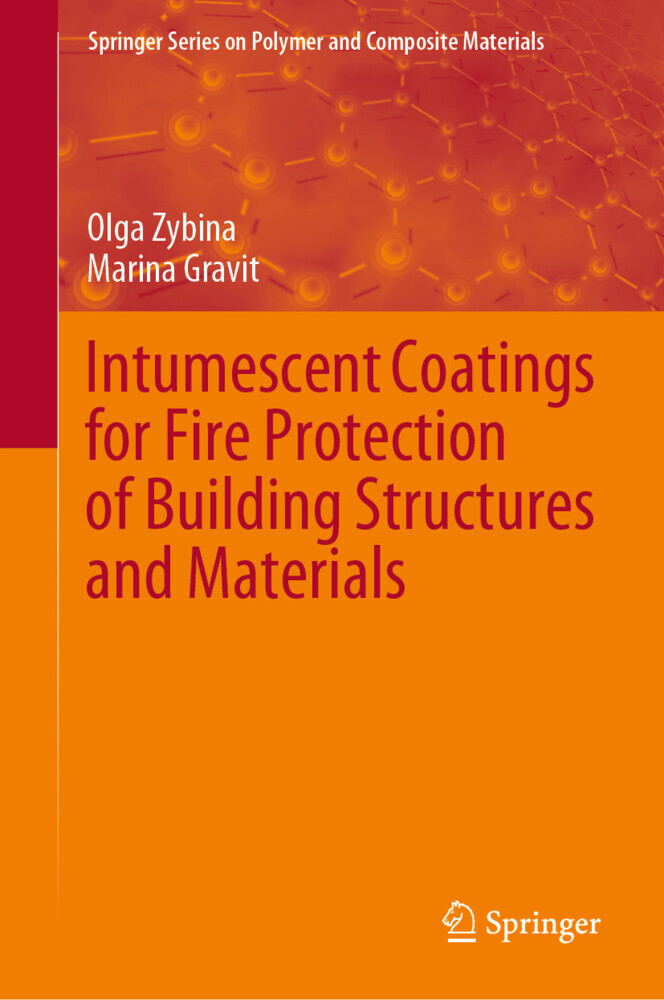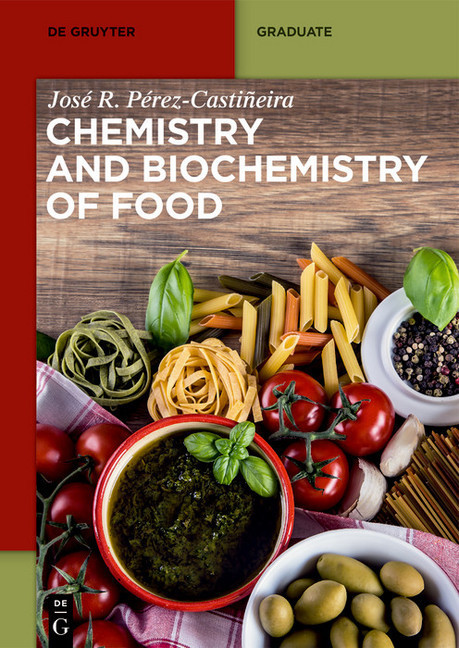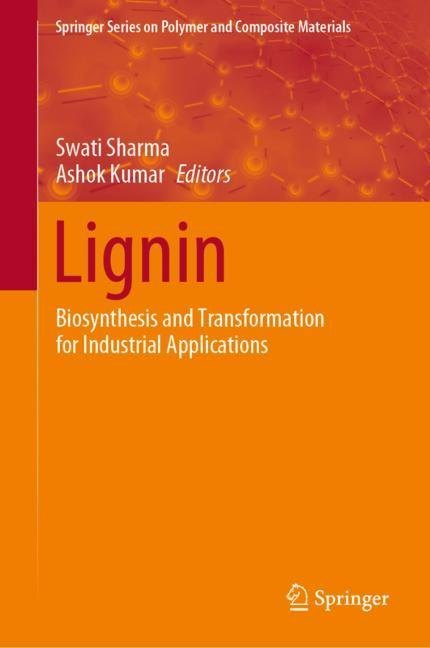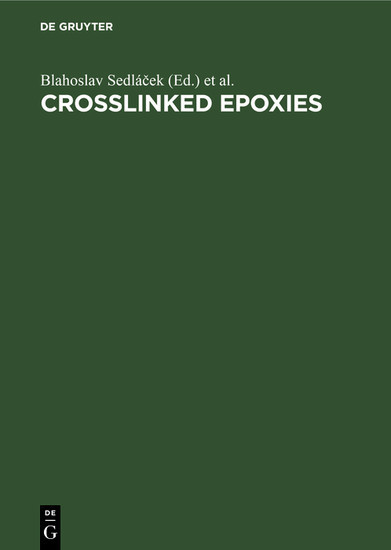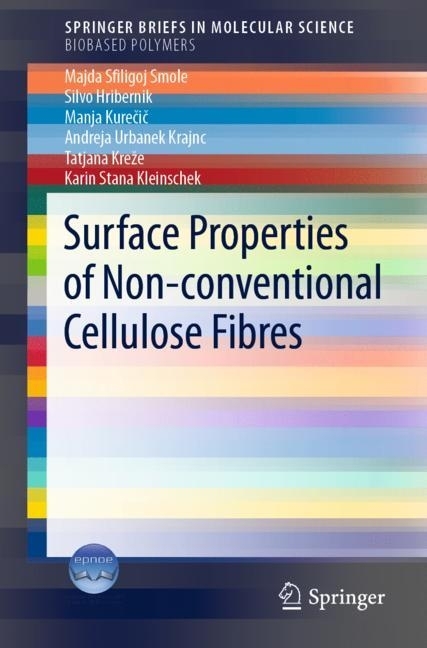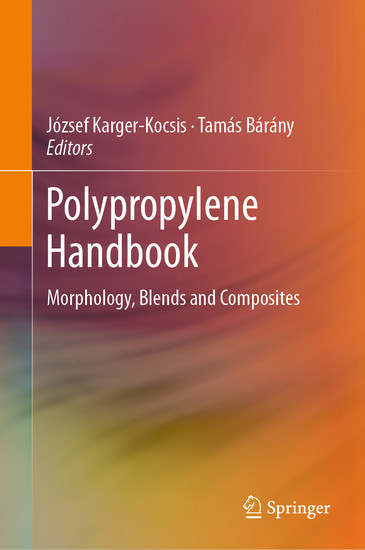Polymer/POSS Nanocomposites and Hybrid Materials
This book provides an overview of polymer nanocomposites and hybrid materials with polyhedral oligomeric silsesquioxanes (POSS). Among inorganic nanoparticles, functionalized POSS are unique nano-building blocks that can be used to create a wide variety of hybrid and composite materials, where precise control of nanostructures and properties is required. This book describes the influence of incorporation of POSS moieties into (organic) polymer matrices on the mechanical, thermal and flammability behavior of composites and hybrid organic-inorganic materials. Importantly, POSS-containing materials can be bio-functionalized by linking e.g. peptides and growth factors through appropriate surface modification in order to enhance the haemo-compatibility of cardiovascular devices made of these materials. This volume includes descriptions of synthesis routes of POSS and POSS-containing polymeric materials (e.g. based on polyolefines, epoxy resins and polyurethanes), presentation of POSS' role as flame retardants and as biocompatible linker, as well as the depiction of decomposition and ageing processes.
Susheel Kalia is Associate Professor & Head of the Department of Chemistry at Army Cadet College Wing of the Indian Military Academy Dehradun. He was visiting researcher in the Department of Civil, Chemical, Environmental and Materials Engineering at University of Bologna, Italy, in 2013, and held a position as Assistant Professor in the Department of Chemistry, Bahra University, Solan, India until 2015. His research interests include polymeric composites, bio- and nanocomposites, conducting polymers, nanofibers, nanoparticles, hybrid materials, hydrogels, and cryogenics, and are documented in more than 65 research papers in international journals, over 80 conference contributions (incl. numerous invited contributions) and several book chapters. Kalia is an experienced book editor, and he has edited a number of successful books (with Springer and other publishers), such as Cellulose Fibers: Bio- and Nano-Polymer Composites, Polymers at Cryogenic Temperatures, and Polysaccharide Based Graft Copolymers. Susheel Kalia is the main editor of the 'Springer Series on Polymer and Composite Materials'. In addition he is a member of a number of professional organizations, including the Asian Polymer Association, Indian Cryogenics Council, the Society for Polymer Science, Indian Society of Analytical Scientists, and the International Association of Advanced Materials.
?Professor Krzysztof Pielichowski, head of Department of Chemistry and Technology of Polymers, Cracow University of Technology, is an expert in polymer (nano)technology and chemistry, particularly in the areas of polymer nanocomposites with engineering polymers and hybrid organic-inorganic materials containing POSS. Special attention is dedicated to the assessment of nanocomposites impact on the environment at all stages: preparation, characterization and recycling. Prof. Pielichowski is currently performing a research program in the area of preparation of engineering polymer nanocomposites with improved thermal and mechanical properties for construction applications. He is co-author (or editor) of eight books and over 150 papers with impact factor.
Krzysztof Pielichowski is editor of the book series 'Modern Polymeric Materials for Environmental Applications' and he has been recipient of a number of international and national awards, such as the Kosciuszko Foundation Fellowship in 2000, the Fulbright Fellowship in 2003 and the Rector of CUT Award in 2009, 2010 and 2015. He also has been a consultant or cooperating with a number of companies, both Polish and international.
He was also member of the Management Committee of the European Union COST Action MP1105 'Sustainable flame retardancy for textiles and related materials based on nanoparticles substituting conventional chemicals' and is member of the Committee of Chemistry of the Polish Academy of Sciences and Commission of Technical Sciences of the Polish Academy of Arts and Sciences.1;Preface;6 2;Contents;8 3;About the Editors;10 4;Synthesis Routes of POSS;12 4.1;1 Introduction;12 4.2;2 Synthetic Methodologies;14 4.2.1;2.1 Solgel Synthetic Procedures;14 4.2.2;2.2 Corner Capping of Partially Condensed POSS;18 4.2.3;2.3 Cleavage of Completely Condensed POSS;19 4.2.4;2.4 Hydrosilylation for the Preparations of T8R8, T8R7R?, and T_8 R_7 - n R^_n POSS;20 4.2.5;2.5 Microwave Irradiation Procedures;21 4.2.6;2.6 High Yield and/or Facile Functionalization Methods for Novel Functional POSS-An Overview;22 4.3;3 Characterization Procedures;25 4.3.1;3.1 NMR Characterization of POSS;25 4.3.2;3.2 Vibrational Spectroscopy;27 4.3.3;3.3 X-Ray Diffraction;28 4.3.4;3.4 MALDI-TOF Characterization;30 4.3.5;3.5 XPS Characterization;30 4.3.6;3.6 SEC-GPC Characterization;31 4.3.7;3.7 TGA Characterization;32 4.4;4 Conclusions;33 4.5;References;34 5;Design and Synthesis of Hybrid Materials with POSS;38 5.1;1 Preface;38 5.2;2 Polyhedral Oligomeric Silsesquioxane (POSS);39 5.3;3 Polymer/POSS Hybrid Nanomaterial;41 5.4;4 Interaction in Polymer/POSS;42 5.5;5 Design and Fabrication Strategies for Polymer/POSS Hybrid;44 5.6;6 Structure-Property Relationship in Polymer/POSS Hybrid System;48 5.7;7 Challenges and Future Scenarios;49 5.8;8 Summary;51 5.9;References;52 6;Self-assembly of POSS-Containing Materials;56 6.1;1 Introduction;56 6.2;2 POSS Crystal Packing and Hierarchical Structures in the Solid State;58 6.2.1;2.1 Monofunctional POSS;58 6.2.2;2.2 Heterofunctional POSS;60 6.3;3 Mesomorphic Behaviour of POSS Crystals;64 6.4;4 Advanced Hybrid Materials Based on POSS Self-assembling Phenomena;68 6.4.1;4.1 Surfactants;69 6.4.2;4.2 Hybrid POM-POSS Clusters and Related Structures;74 6.4.3;4.3 3D Nanonetworks;76 6.4.4;4.4 Templating with POSS;86 6.4.5;4.5 POSS-Containing Hybrid Materials for Optoelectronics;97 6.4.6;4.6 Supramolecular Bioactive POSS Nanoassemblies;111 6.4.7;4.7 Self-assembly of POSS at the Interface;115 6.5;5 Conclusions and Perspectives;122 6.6;References;123 7;Polyolefins with POSS;140 7.1;1 Introduction;141 7.2;2 Polyolefin/POSS Nanocomposites;143 7.2.1;2.1 Polyethylene/POSS;144 7.2.2;2.2 Polypropylene/POSS;150 7.2.3;2.3 Ethylene-Propylene Copolymer/POSS;159 7.2.4;2.4 Composites of Vinyl Polymers with POSS;160 7.3;3 Reactive Mixing of Polyolefins and POSS;161 7.3.1;3.1 Reactive Mixing Processes and Phase Interactions;161 7.3.2;3.2 Morphology and Structure of PP-g-POSS Composites;164 7.3.3;3.3 Crystallization Behaviour and Thermal Degradation;164 7.3.4;3.4 Mechanical and Rheological Properties;168 7.4;4 Applications;172 7.5;5 Concluding Remarks;174 7.6;References;175 8;Polyurethane/POSS Hybrid Materials;178 8.1;1 Introduction;178 8.2;2 Chemical Modifications;182 8.2.1;2.1 POSS Molecules as Pendant Groups in the Polyurethane Chain;183 8.2.2;2.2 POSS Incorporated in the Main Chain;193 8.2.3;2.3 POSS in a Polyurethane Network Node;196 8.3;3 Physical Blending;203 8.4;4 Application of PU-POSS Hybrid Materials;205 8.5;5 Conclusions;206 8.6;References;207 9;POSS-Containing Polyamide-Based Nanocomposites;216 9.1;1 Introduction;216 9.1.1;1.1 POSS;217 9.1.2;1.2 Polyamides;220 9.2;2 Polyamides-POSS Nanocomposites;220 9.2.1;2.1 Incorporation of POSS in Polyamides;220 9.2.2;2.2 POSS-Polymer Interaction;221 9.3;3 PA-POSS Structure and Morphology;222 9.3.1;3.1 Morphology of POSS-Containing PA-Polymer Blends;224 9.4;4 PA-POSS Functional Properties;226 9.4.1;4.1 Mechanical Properties;226 9.4.2;4.2 Thermal Degradation;230 9.4.3;4.3 Glass Transition Temperature;231 9.4.4;4.4 Membrane Properties;232 9.4.5;4.5 Fire Retardancy;233 9.4.6;4.6 Rheological Properties;235 9.5;5 Processing of POSS-Polymer Nanocomposites;236 9.6;6 Other Polymer-POSS Nanocomposites;237 9.6.1;6.1 POSS-Homopolymer Nanocomposites;237 9.6.2;6.2 POSS-Block Copolymer Nanocomposites;238 9.7;7 Summary;239 9.8;References;239 10;Dielectric Properties of Epoxy/POSS and PE/POSS Systems;243 10.1;1 Introduction to Dielectric Properties of Polymeric Systems;244 10.2;2 PE/POSS and P
Kalia, Susheel
Pielichowski, Krzysztof
| ISBN | 9783030023270 |
|---|---|
| Artikelnummer | 9783030023270 |
| Medientyp | E-Book - PDF |
| Copyrightjahr | 2019 |
| Verlag | Springer-Verlag |
| Umfang | 470 Seiten |
| Sprache | Englisch |
| Kopierschutz | Digitales Wasserzeichen |

